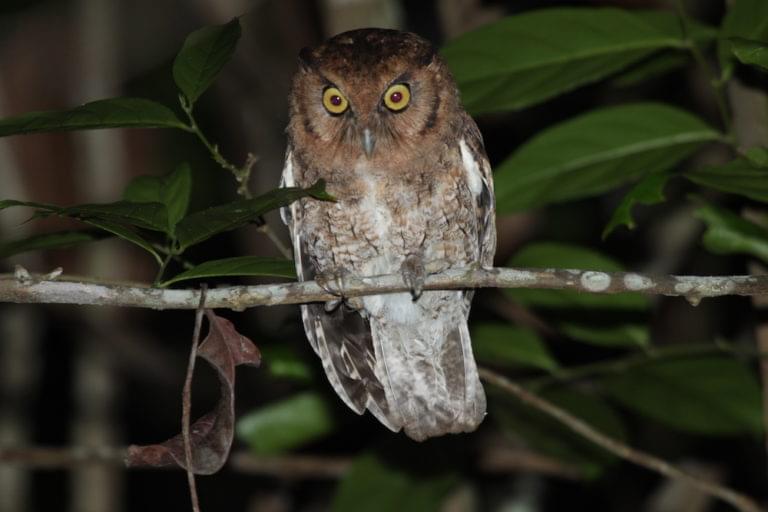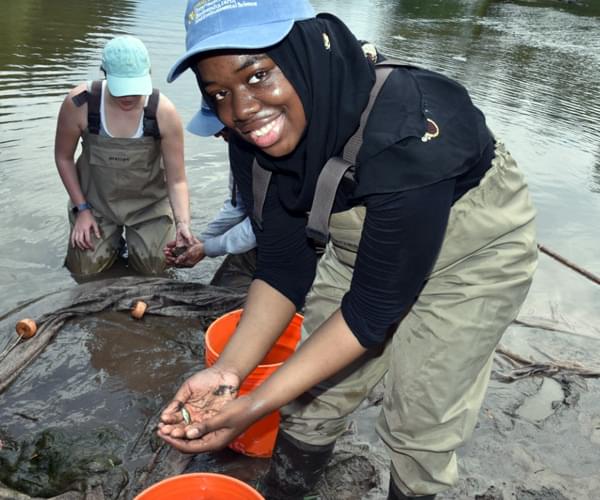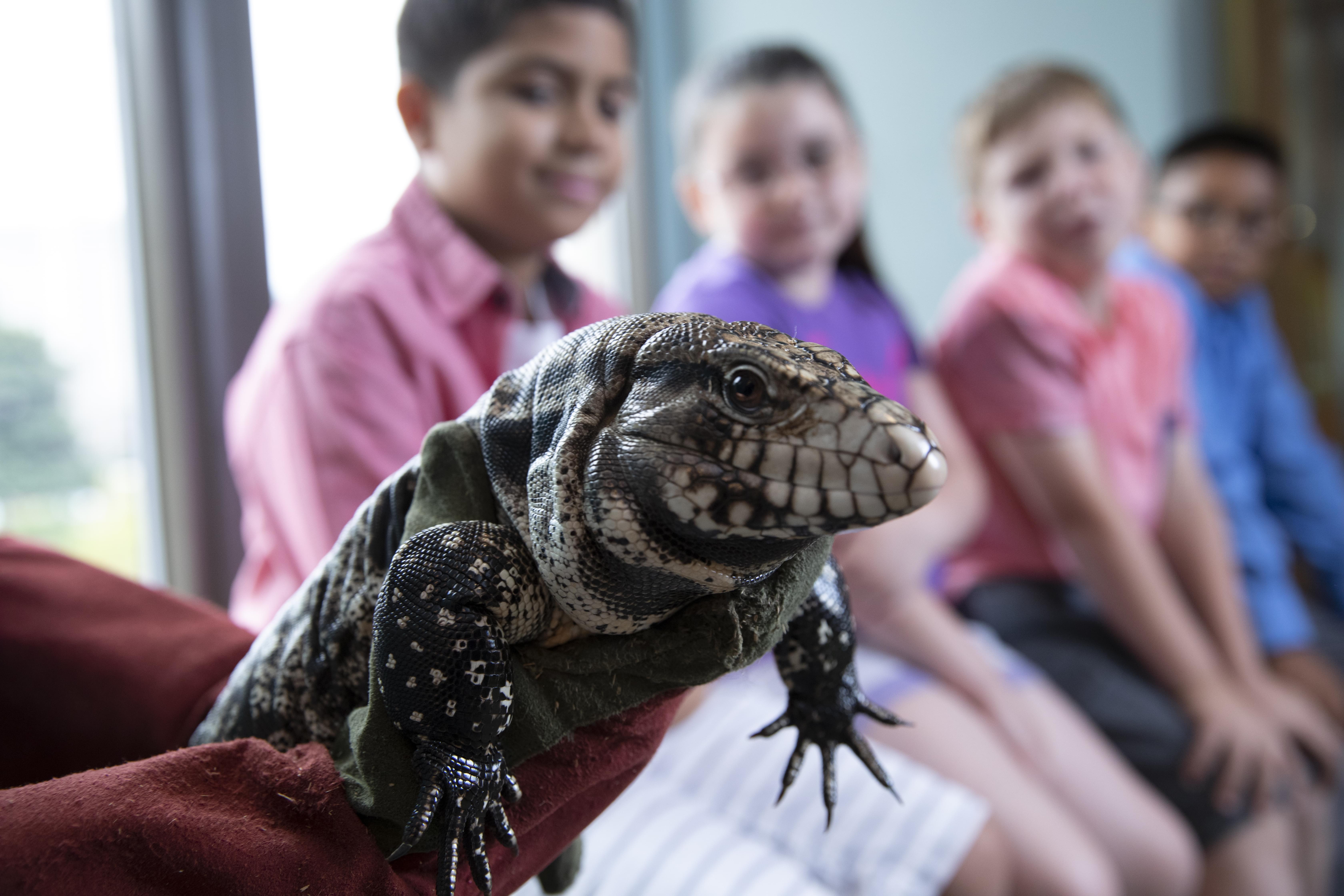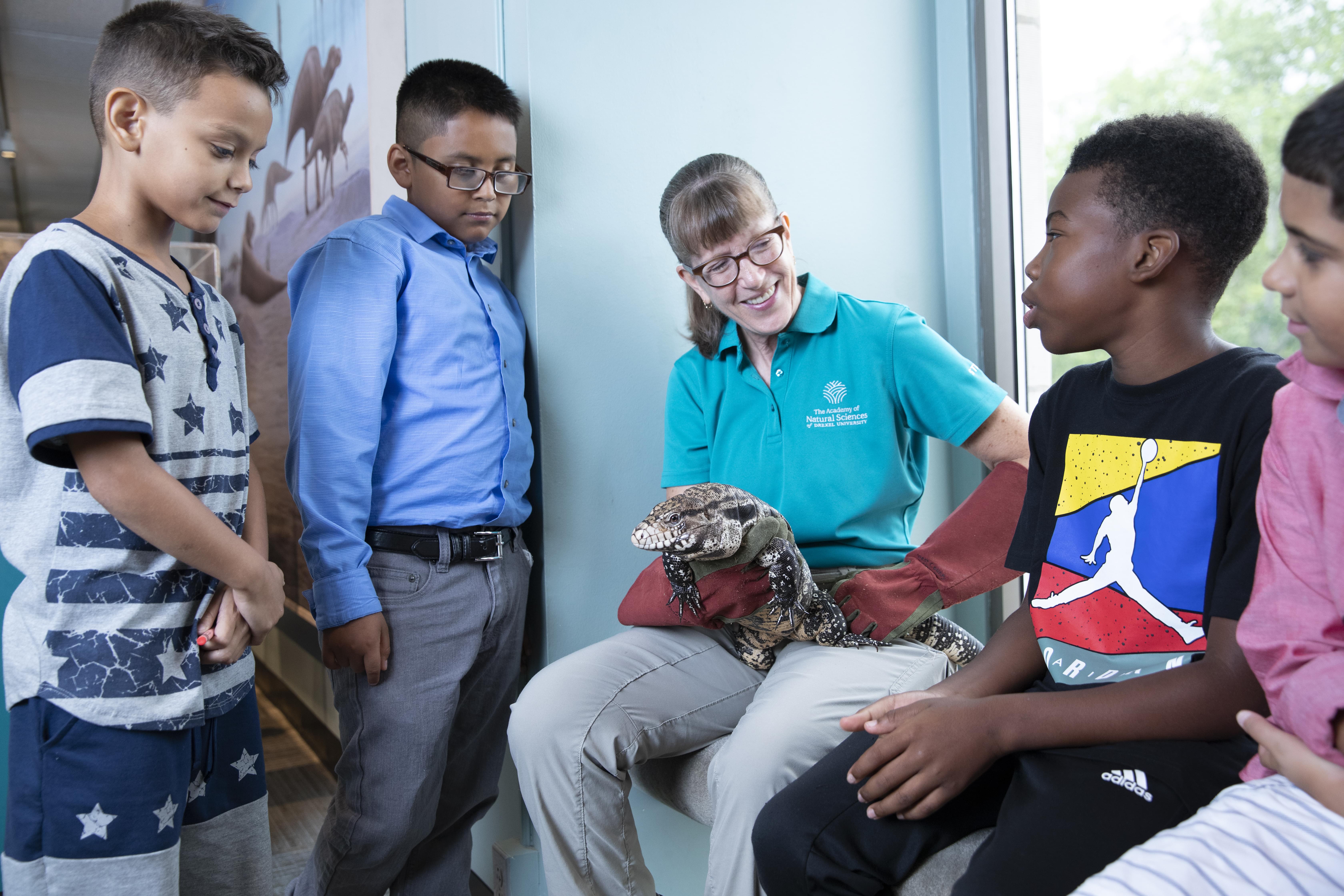Plant a pollinator garden
Journal Article

Image caption goes here. Lorem ipsum dolor sit amet.
Credit: Lorem ipsum dolor
Written on: March 26, 2020
Spring is in the air! If you’re like most home gardeners you’re making a list of which flowers, herbs or crops you want to grow. You’re picturing a centerpiece of flowers and that first summer bite of a juicy tomato.
Besides reaping the fruits of nature, it can also be rewarding to turn the table and consider how you can benefit nature. The small act of caring for our environment helps us get closer to nature. One way is by cultivating the right plants that will attract pollinators to your urban rooftop of container plants, suburban yard or stretch of meadow.

Pollinators—including bees, butterflies, moths, wasps, beetles, bats and birds–are essential to our ecosystem because they help plants make fruit and seeds by transferring pollen from flower to flower. (Most of those insects don’t sting but if you’re allergic to stings, you need to be careful.) Unfortunately, habitat loss, fragmentation and chemical pesticides are threatening these creatures around the world. Native pollinators are among the most sensitive because they require specific plants to survive, which are also threatened by habitat loss and invasive species.
Lorem ipsum dolor sit amet

Lorem ipsum dolor sit amet
Lorem ipsum dolor sit amet, consectetur adipiscing elit. Ut est velit, interdum non finibus et, aliquam a purus. Cras ut ornare libero. Donec ac fringilla quam, dictum bibendum ex.
Location
Location Location Location. Flowering plants can grow in shady and sunny spots, but butterflies and other pollinators prefer the sun and some of their favorite wildflowers grow best in sunny spots.
The Dirt. Is your soil sandy and well drained, claylike and wettish? Consulting a soil mapper for your county can help determine which plants would do best in your dirt.
Pollinators are essential to our ecosystem because they help plants make fruit and seeds by transferring pollen from flower to flower.
FIRSTNAME LASTNAME
Seeds vs. plants
Lorem ipsum dolor sit amet, consectetur adipiscing elit. Ut est velit, interdum non finibus et, aliquam a purus. Cras ut ornare libero. Donec ac fringilla quam, dictum bibendum ex. Vestibulum eu felis viverra, porta nibh eget, finibus urna. Mauris non lectus non nisl mattis tincidunt. Maecenas a tristique nisl, eget sollicitudin erat.
Ut pretium sapien nec elit consequat tristique. Cras id nisl et est condimentum vestibulum in et augue. Mauris est dolor, luctus quis elementum sit amet, luctus et felis. Mauris vehicula felis vitae viverra lobortis. Nam eu sem consectetur, fringilla ipsum id, tincidunt quam. Ut venenatis eget diam at posuere. Nulla ut rhoncus orci. Maecenas tincidunt rutrum luctus. Sed erat ante, sodales quis rhoncus vitae, rutrum vitae ipsum. Ut odio est, lobortis quis tempus vitae, pulvinar vitae dolor. Donec dapibus lorem nec lorem porta, in laoreet nulla feugiat. Proin euismod risus tellus, in euismod turpis pulvinar non.
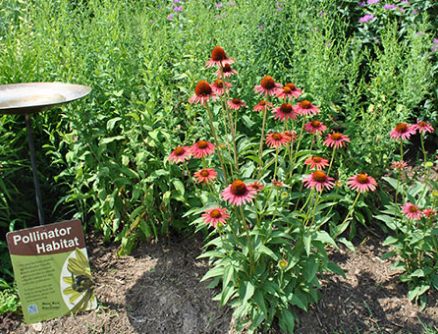
Consider the caterpillars. Without host plants for butterfly larvae (yes, they are caterpillars) to feed on, there won’t be butterflies. And those larvae are picky eaters. For example: monarch caterpillars wil only eat milkweed; black swallowtail caterpillars depend on plants in the parsley family; spicebush swallowtail caterpillars demand spice bush and sassafras.
As an incentive to plant for pollinators this spring, the Academy will send you a free packet of Showy Northeast Native Wildflower and Grass Mix from Ernst Seeds. And you can enjoy our April Spark Change Event Series for both adults and kids. To learn more, visit the Small Actions Spark Big Changes page. For more information and resources about planting a pollinator garden, visit our SPARK page.

